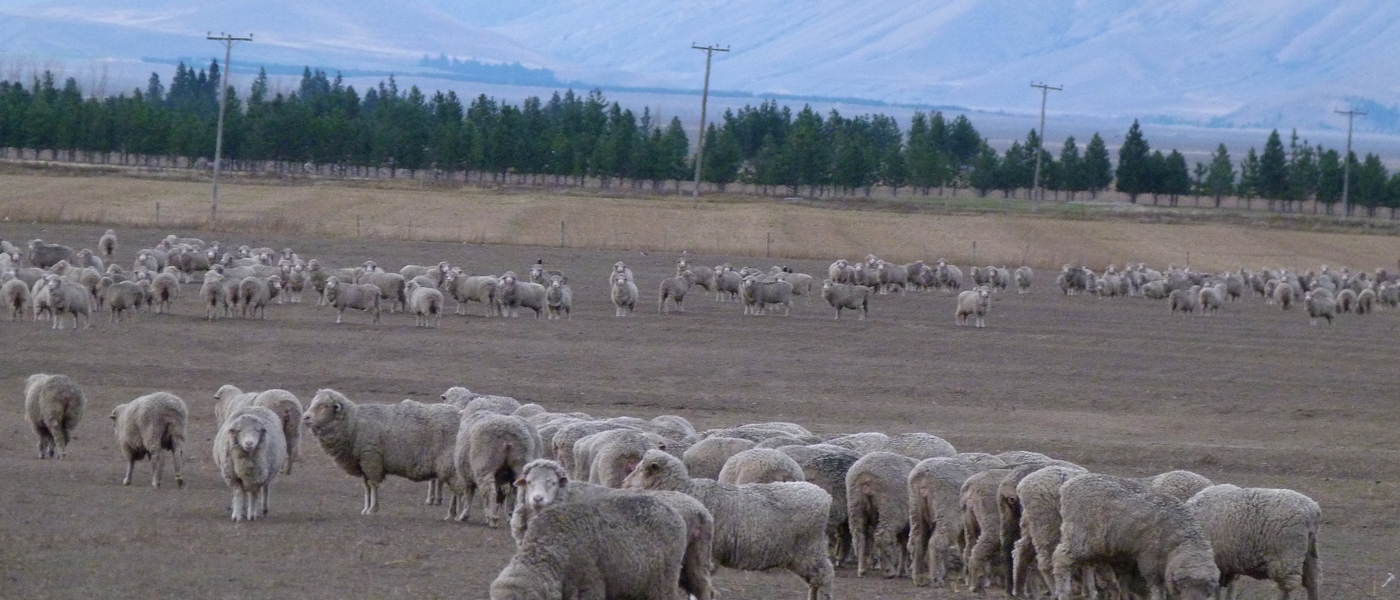
Going into a dry spell, it is essential to make early decisions. Matching feed supply and demand in advance through feed budgeting is critical. Knowing what feed you have on hand, on a megajoules of metabolisable energy (MJME) basis, means you need to know the weight and energy content of the available forage types. These may include grain, PKE, crops (eg oats, brassicas, lucerne), hay, baleage, silage, other. In traditionally summer dry areas, from around mid-November, be very conservative when estimating the pasture feed bank, because it will be naturally shrinking in times of severe moisture stress.
It is important to plan for a projected feed deficit period highlighted in a feed budget. Steps to take to fix the feed deficit may include selling stock, buying in feed supplement or grazing stock off farm. Make a comparison, between buying in different feeds and grazing stock off, on a ‘per unit of energy’ basis (cents/MJME).
Prioritising stock-selling decisions means cull ewes and prime lambs go first, then other trading stock (making this decision early usually means better returns), then replacement ewe lambs. If you can manage the feed deficit to maintain ewe body condition score (BCS), then retain capital stock. Avoid sub-maintenance feeding of the ewe flock over summer. It takes relatively more feed to put that same body condition back on than the amount saved when losing it.
Monthly recording of ewe BCS is important. A BCS on a sample of 50 to 100 ewes usually provides sufficient monitoring information. Whole-flock BCS is useful when the goal is to draft off the lighter tail end of the flock during periods of intensive drought feeding.
It is important to consider weaning sooner if conditions are drying out rapidly. This allows the selling of lambs and cull ewes and the shifting of focus to capital stock and having them right for mating to set up for next year’s lamb crop. It is very difficult to put liveweight and condition on a breeding ewe in summer dry country between weaning and mating.
Delaying weaning, because there is insufficient feed for weaned lambs, indicates that the lambs need to go, and any feed conserved should be used for ‘summering’ the ewes. Setting up a creep feeding system for lambs pre-weaning can work well, but this is uncommon in NZ. Meal fed specifically to lambs assists their transition to ruminant digestion, promotes lamb growth rate, and takes nutritional stress off the lactating ewe.
Different management systems, farms and climates will have a variety of risks and opportunities to mitigate losses when unseasonal dry conditions develop. This discussion above suggests various generic response strategies that would be better progressed at the farm level. Your farm veterinarian will have the knowledge of your farming system to help you put a plan in place for managing stock through dry conditions.
Gerard Poff Vetlife Culverden